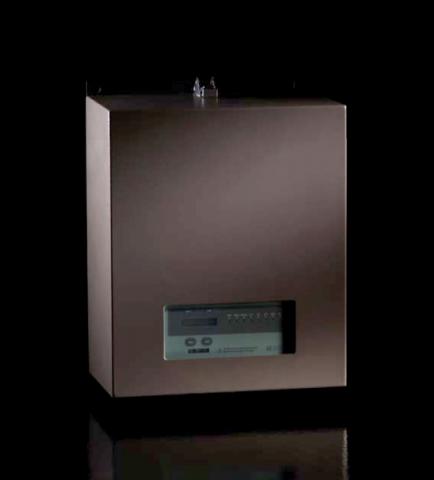
We've been shining the spotlight on our Flame Ionization Detector, the SNR650 FID, we've looked at its exceptional features and the benefits of using our FID over the others. This week let's discuss putting it to good use, in real life applications:
Solvent Recovery Case History
A global manufacturer uses a Solvent Recovery System to recover and re-use solvents from its manufacturing process. Two carbon beds are used, so that one bed can process the solvent-laden air while the other one is regenerating, a timer is employed to make the switches between them. They felt the timer might be switching the beds too early or too late especially as the carbon beds began to age and become less adsorbent. Early switching means the process is operating at less than total efficiency and late switching results in breakthrough to the atmosphere resulting in penalties and fines. They wanted to accurately measure the saturation of the carbon beds and control the switching between beds in real-time.
- They chose the SNR650 Flame Ionization Detector to do this job. Its industrial design monitors the hydrocarbon levels in real-time and reacts quickly to switch beds. Each steam-down cycle recovers the maximum amount of solvent, lengthening the life of the carbon-bed itself and there are no accidental solvent emissions released from the bed.
Read for more details.
Vent Stream Emissions Case history
An industrial inorganic chemical manufacturer uses a Pressure Swing Adsorption System (PSA) to recover VOCs from their marine terminal storage, loading and process vent streams. The discharge/emissions from the PSA system must be continuously monitored to meet permit requirements.They needed a monitor that could measure in the low ppm range, be reliable and withstand the environmental conditions of the application. The wrong analyzer could cause shut down and the loss of time and revenue.
- They had been using Control Instruments analyzers throughout their plants worldwide, so they came to us for a solution to this particular application. They decided on the Model SNR650, Flame Ionization Detector. It is a high temperature unit that mounts directly onto the process ductwork, eliminating sample handling problems and resulting in fast and easy installation, low maintenance, less downtime, high reliability and very fast total system response.
Read for more details.
Wastewater Collection Pit Case History
A specialty chemical company collects discharge from their resin manufacturing process and sends it to a wastewater collection pit. The atmosphere of the collection pit is continuously monitored with LFL infrared sensors for parts per million levels of certain solvents to confirm that the wastewater is safe to release.But their current sensor’s scale was too high to detect the low ppm levels they needed. So they wanted to replace them with a more rugged product to read ppm levels.
- They chose the Model SNR650, Flame Ionization Detector. It was built to handle to demands of the industrial environment and measures total hydrocarbons and VOCs in the low parts per million range. It was a successful installation and on at least two occasions even helped them identify upstream process issues.
Read for more details.
Energy Savings on Process Heating Units Case History
A leading supplier of performance polymers was increasing the production capabilities of one of its four polymer process lines. The increase in production capabilities would come from the upgrade of several process heating sources such as heat exchangers, and dryers, as well enhancing the safety of these systems to accommodate increased production loads. The goal was to increase energy efficiencies and optimize productivity while reducing emissions, thus saving money.
The company planned to use a continuous Total Hydrocarbon (THC) monitor on their catalytic oxidizer to track their annual VOC emissions on an hourly basis. This would not only give them real‐time data of their annual emissions, but it also would help them understand their short term emission limits. This monitoring would give them a real indication of their emissions, giving them more flexibility in making changes to their process than calculations would have produced.
- They used the Model 650 FID to measure the total hydrocarbons at the outlet of their oxidizer for destruction efficiency assurance in accordance to CFR40 Part 60 Method 25A. It is heated up to 200°C and mounts right on the ductwork for accurate and efficient monitoring. They saw great results from the install, they have continuously proven by using the readings of the Model 650 FID that their Catalytic Oxidizer is operating effectively and abating their VOCs at lower temperatures, and have thus been allowed to reduce the Destruction Efficiency rating from >95% to 90%; which is another dramatic fuel savings, not to mention a huge savings on catalytic bed replacement!
Read for more details.

Add new comment